When this whole mess is over, there’ll be a shortish MA thesis — or at least a blog post — to be had from analysing classical music’s evolving response to the crisis. Already, looking back, distinct phases are emerging from the viral fog. Phase One: the Banana Bread Apocalypse — that first lockdown, when Jamie Oliver was telling us to smoosh up frozen peas and pretend it was pesto, and phonecam footage of a cellist playing Bach in the spare bedroom felt like a kind of miracle. Phase Two: orchestras working out what they could actually do while socially distanced and audienceless. Cue a spike in online performances of works for small (or spaced-out) orchestra. Lots of Tallis Fantasias and Siegfried Idylls. A brief flurry of live shows with miniaturised ensembles and no loo breaks.
Phase Three was when hopes of a normal 2021-22 season spiralled down the plughole, and things started to get interesting. Roughly speaking, the run-up to Christmas, when anyone (and it was by no means everyone) who had the cash and the technical resources to get online realised that since there wasn’t a harpist’s chance in hell of making any actual money, they might as well play what they liked. The CBSO staged an entire programme of Villa-Lobos’s Chôros; the LPO mixed cocktails of Vivaldi, MacMillan and Spohr; and in the wake of BLM, conductors suddenly discovered the music of Florence Price and the (more affordable) Chevalier de Saint-Georges. Phase Four is roughly where we are now — expecting an imminent return to live concerts, but with restricted audiences and an unspoken hope that musical demand will temporarily continue to outstrip supply. It’s a good time to roll out those unsaleable passion projects — for a little longer, anyway.
The LSO’s latest online concert certainly has the appearance of a loss leader. Savour it, you lovers of the neglected, the niche and the irredeemably uncool: Gianandrea Noseda conducts Liszt’s Orpheusand follows it with the 1957-vintage Third Symphony by Nino Rota. It says something about fashions in 21st-century classical programming that the most familiar item on the programme is the Duett-Concertino by Richard Strauss; which is still, frankly, pretty unfamiliar due to the practical and financial difficulties of booking two soloists for a shortish piece. Here, it’s performed by two LSO principals, the clarinettist Chris Richards and the bassoonist Rachel Gough, and it’s hard to imagine any big-name woodwind stars playing it with more personality or warmth.
Noseda rings his orchestra around them, heightening the feeling of chamber music, while the two soloists act out an innocent love story. This is very late Strauss; music of twilit intimacy and gentleness, with occasional flashes of old man’s mischief, and all lapped by washes of iridescent string tone. Gough and Richards play off each other with immense charm and wit — sometimes playful, often poignant, with Gough in particular creating sounds that range from plangent middle-register sobs to ardent, sax-like song. Noseda’s orchestra swoons and shimmers, while the harp glints through string tremolandi like sunlight catching a late frost.
It’s lovely, and even amid the bare brick walls of LSO St Luke’s, the orchestra sounds succulent. I don’t know whether Noseda was ever under consideration to succeed Rattle as the LSO’s music director, but you’ve got to love a maestro who’s willing to champion Liszt’s symphonic poems — once-popular works whose disappearance from the concert hall has been near-total. Noseda seems to have chosen Orpheus purely because he loves the sound it makes. ‘It’s very sweet, very tender,’ he explains, before a performance whose glowing cantabile makes Liszt feel like the missing link between bel canto and Parsifal. And then comes that Nino Rota symphony, an exercise in supercharged sprezzatura in which Rota elegantly deploys the musical grammar of cinema — widescreen fanfares, cadences as punchlines — across four sunlit, neoclassical movements.
It’s essentially a divertimento, and we’ll miss those when normal business resumes. Still, chin up, and take a look at the Ryedale Festival, which has chosen to preface its online concerts with footage of green fields and crystal streams (some of it was filmed in the grounds of Castle Howard). In a performance by the Maxwell Quartet, filmed in Ebberston church, the opening chord of Haydn’s quartet Op. 74 No. 1 comes like a sudden blast of moorland air. The Maxwells’ notion is to set Haydn’s folksier inspirations against 18th-century Scottish fiddle tunes, and they go at it with gumption, rosin biting on string as they really dig into Haydn’s hurdy-gurdy drones. Then it’s over, and you realise just how much music really does gain from being in a real place, in real time — hearing the last notes echo off stone walls and walking out, head buzzing, into the chill air and blossomy scent of a May night in the Vale of Pickering. The old normal? Bring it on.
Got something to add? Join the discussion and comment below.
Get 10 issues for just $10
Subscribe to The Spectator Australia today for the next 10 magazine issues, plus full online access, for just $10.
You might disagree with half of it, but you’ll enjoy reading all of it. Try your first month for free, then just $2 a week for the remainder of your first year.

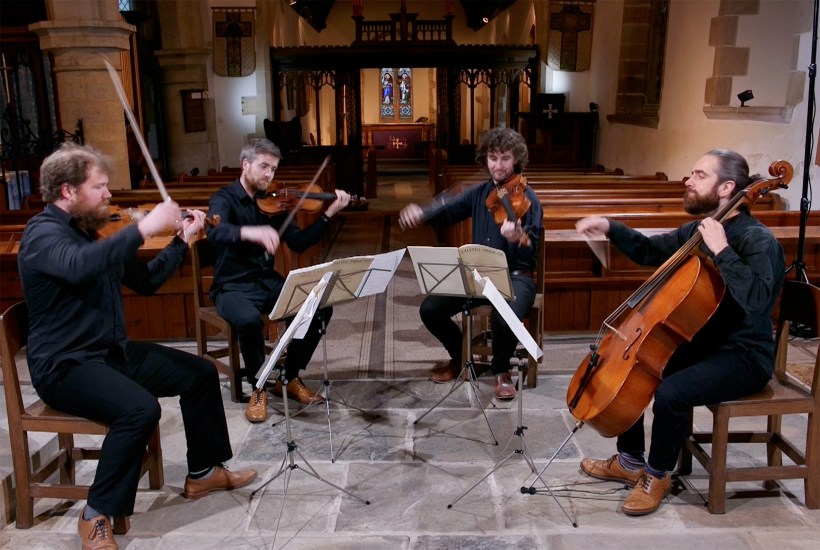
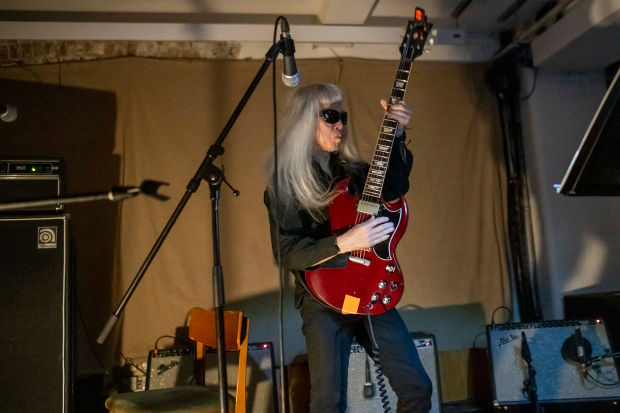
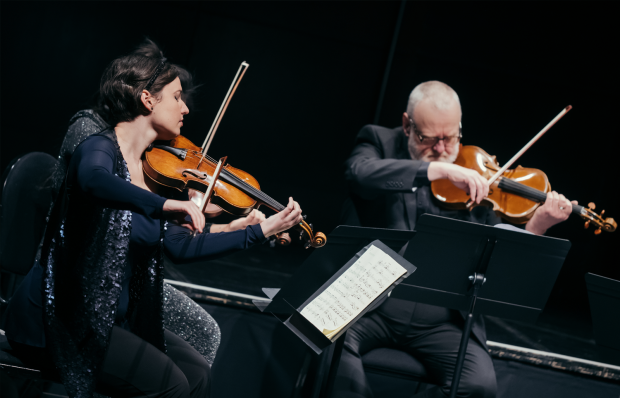
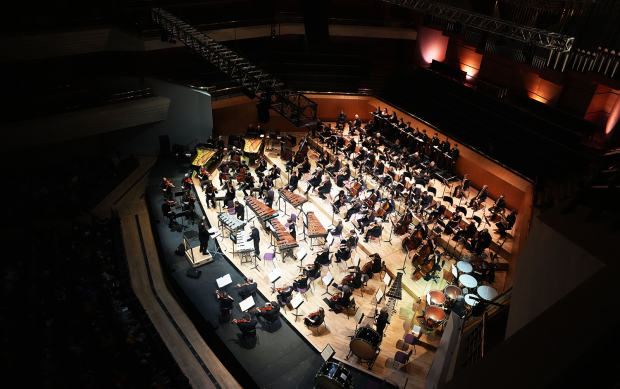
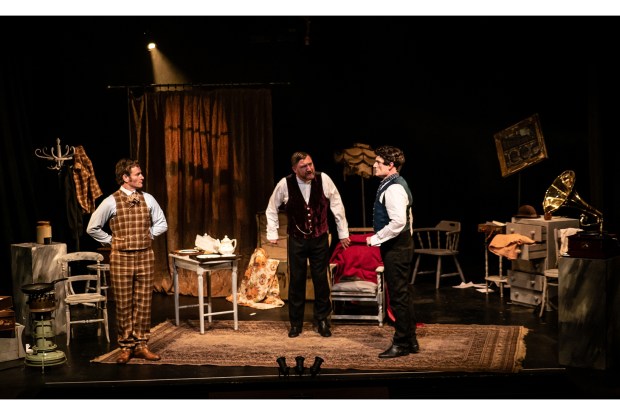
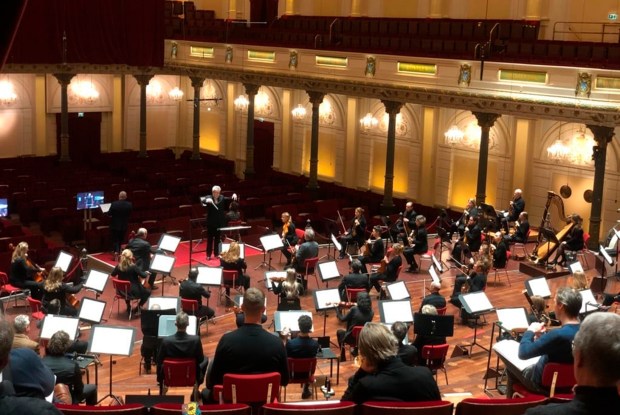
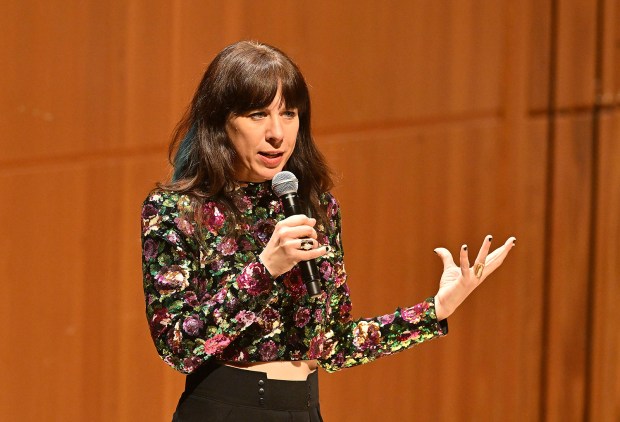






Comments
Don't miss out
Join the conversation with other Spectator Australia readers. Subscribe to leave a comment.
SUBSCRIBEAlready a subscriber? Log in